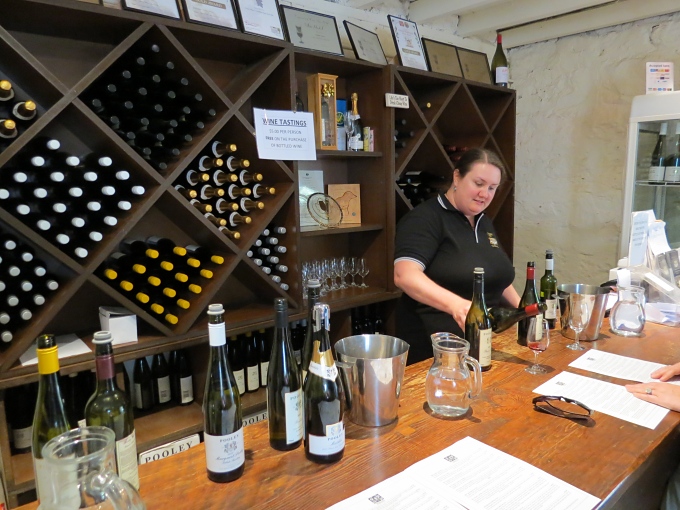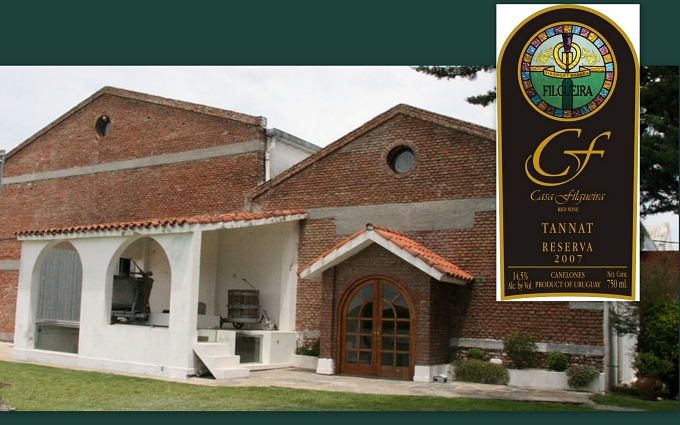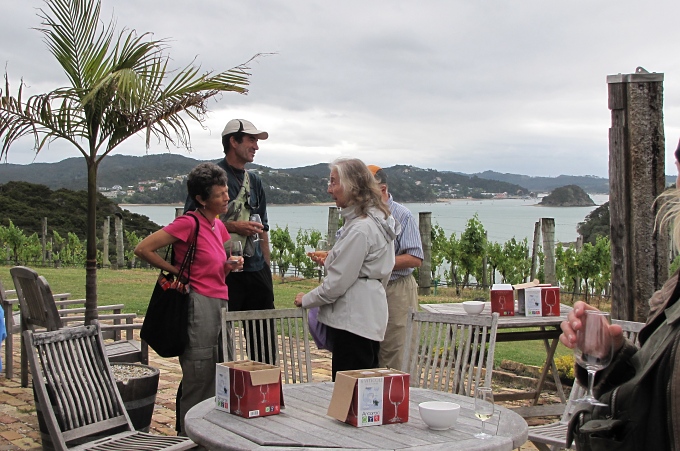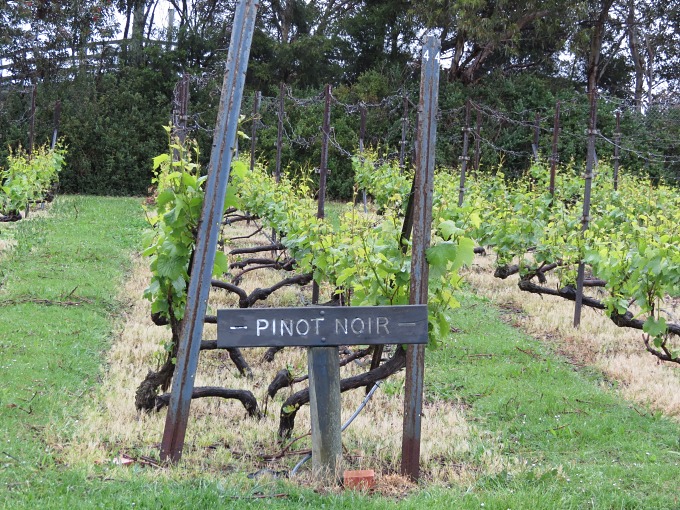Fruit of the Vine - Wines of the World
/Remember when I said cruising was our attempt to taste all the lobsters in the world? Or the ice cream? I lied. It was really to sample every possible wine there was ... not necessarily to determine which was best, but rather just which ones we liked, so we could buy more.
Our honeymoon nearly 30 years ago, was spent in the Napa and Sonoma Valley wine regions of California. We spent evenings at lovely B&B's and days roaming from vineyard to vineyard, picnicking on cheese, bread and wine. It was only natural that we'd seek out wines when we traveled outside the USA. Certain countries are memorable for us because of the wines they produce. Oh, we like other things about each country, for sure, but the wines always catch our attention. We are not connoisseurs by any stretch of the imagination. We like what we like and we prefer inexpensive. We're certainly not above drinking “Vin Rouge de la carton” … box wines are what are available in some places and quite frankly, some of them are quite palatable.
South America produces some extraordinary wines. We loved Chile's Cabernet Sauvignons. We tried their Merlots, Syrahs and Pinot noirs. We experimented with Cameneres, with which we were unfamiliar, but the Cabernets were our favorites. We could often find a reasonable bottle of wine for $1-$3. If we were willing to splurge and spend $3.50 or more, we were hard put to find a bad wine. We had plenty aboard when we headed south through the Patagonian canals one year and across the South Pacific another.
We'd sampled Argentinian wines long ago while we still lived in the USA and disliked them. Come to find out, the Argentinians used to drink 90% of all their good wine themselves and export the lesser quality stuff. They produce in significant quantities now and share more of their good wine with the rest of the world. In fact, Argentina is ranked as the #5 wine producer in the world and wine is the national alcoholic beverage. Argentina's Malbec was our favorite. We tried many others including the distinctive Torrontes, an aromatic white, but it was too sweet and fruity for us. An average bottle of drinkable red ran us $3-4. We stocked up there, too. House wines (vino de casa), by the way, in any restaurant were almost always excellent and sometimes served in a traditional white “penguino” wine pitcher.
Uruguay was a pleasant surprise. This small country between Brazil and Argentina is very Euro and shares much of its culture and traditions with Argentina. Interestingly enough, however, they have their own special wine variety, Tannat, which is an excellent, full-bodied red and different from any wines we'd sampled previously. We lucked out by meeting an Uruguayan couple in the boatyard with whom we became friends. The Filgueira's happened to own a vineyard and we spent lovely times at their vineyard and bodega, as well as their homes in Montevideo and Punta del Este. Needless to say, there was never a dearth of wine when we visited and when we left, Martha presented us with a case of their Tannat Reserve. What a parting gift! $5-6 bought us a reasonable bottle of wine. Tannats ranged a bit higher.
In South Africa, we visited the Winelands. Vineyard after vineyard, tasting room after tasting room, we felt compelled to try as many as possible and still manage to drive back to our hotel in a sober state. South Africa has been producing wine since the mid-17th century. They've got the hang of it. We are not “taste the wine and spit it out” kind of people. We taste and swallow. We can only visit a limited number of vineyards in a day without a picnic and a nap. We sampled Chardonnays and Chenin blancs. Colombards, Semillons, Pinot Noirs, Pinotages and Gamays made it past our lips. Even the fortified port wines and Muscats were given a try. The whites were our favorites. When we found out our oldest son was getting married, we put together what we called the “Safari collection”, critter wine chosen for not only for its taste, but its name, like Leopard's Leap and Tall Horse. Once again, a reasonable bottle of wine set us back $4-5 and we headed back to the States with seven cases of wine carefully stowed.
We'd certainly heard about New Zealand wines, so when we arrived in 2009, we began our taste-testing in earnest and almost immediately. There was a vineyard directly across the channel from us. For sure, New Zealand's best offerings are its whites. Their Sauvignon blancs and Pinot gris are awesome. This little country has over 1,700 wine growers and we never tasted a bad wine. We especially liked the wines from Marlborough on the South Island and Hawke's Bay in the North. Comparably speaking though, the wines were definitely pricier and we spent $7-8 on sale per bottle. Many stores offered 10% off per case and between volume and sale prices, we managed to fill the wine locker.
Australia's wine industry is blooming and they like to share. They're the 4th largest wine exporter in the world. Wine there is expensive, though, by our comparative standards. Interestingly enough, it's considerably cheaper to buy Australian wine in the USA, than it is in Australia. Go figure! Though we've tasted many Australian wines, the only vineyards we've managed to visit so far have been in Tasmania, where the cool climate allows excellent growing conditions especially for the Pinot noirs. We found wine, even on sale, to be expensive in Australia and we began brewing our own beer instead of indulging in as much wine. When we return, we'll see what South Australia has to offer.
As far as storage goes, we've talked before about David's transformation of empty space under the aft berth along the hull into a cushioned wine cellar. What better place to store wine than where it's dark and a constant, cool temperature. Plus it's easily accessible and occupies otherwise dead space. We use socks as a protective covering for each bottle … white for white, dark for reds. Granted, some time we might have a little sediment shake-up, but if you let it settle down a bit, it's no big deal. You can always put it through a sieve.










